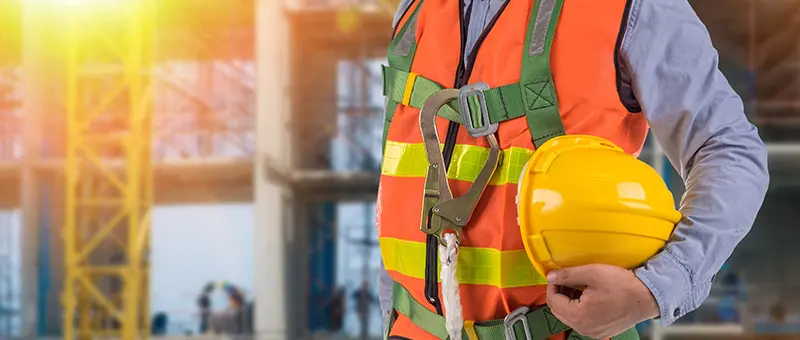The Health and Safety at Work Act (HSWA) 2015 is a complicated piece of legislation that applies to various different circumstances throughout New Zealand. The act and all its related regulations were introduced to ensure highest level of protection for workers and others from workplace health and safety risks. These include the risks to both physical and mental health. So far, the act is reasonably practicable.
Why Was HSWA Introduced?
The HSWA was introduced due to degrading workplace injury stats. At the time its regulations started being written, New Zealand was seeing 70+ people die at work every year. 600-900 workers were dying due to work-related incidents a year and a massive 10% of workers were harmed annually. The goal of Health and Safety at Work Act 2015 is to see a 25% drop in these figures by 2020.
Who Does HSWA Make Responsible?
The regulations and laws introduced in HSWA target any ‘person conducting a business or undertaking’ (PCBU). These may include:
- School principles
- Self-employed people
- Company directors
- Property managers or landlords
What Do You Need to Know?
Without going into the individual laws under this act, following are some key things you need to know as a PCBU:
PCBUs Can Be Held Responsible of Care for Employees
Unless you haven’t heard, you probably already know by now that persons conducting a business or undertaking can now be held personally responsible in the event of a workplace injury. It has been well-publicized that the penalties for not taking this act seriously are severe. Organizations can be fined up to $600,000 and individuals can receive up to 5 years of jail time.
“Primary Duty of Care” Covers a Wide Variety of Issues
This is another important regulation under the Health and Safety at Work Act 2015. According to this regulation, employers and individuals are responsible for:
- Providing a safe work environment without any risk of physical or mental health and safety.
- Allowing for safe use and storage of substances and plant.
- Maintaining a safe plant, structures, equipment, and work systems.
- Monitoring of the health of workers (both physical and mental).
- Monitoring the conditions at the workplace to prevent illness or injury as a result of workplace activities.
- Providing information and training necessary to protect against workplace health incidents.
- Providing the facilities that are necessary for wellbeing of the staff.
There is other related stuff. You should read the legislation for more details.
Building a Safety Culture in Your Business is Now More Crucial Than Ever
Managing the health and safety of workplace shouldn’t just be the responsibility of a few team leaders. This is because if someone gets injured, it has a ripple effect. Not only does it affect the worker, but also their family, co-workers, and the business. “Safety Culture” is not just a slogan, it means encouraging everyone to take control of safety. Whether it is through technology, training, or reporting, if everyone is part of the subject then there will be maximum visibility and a much better time.


